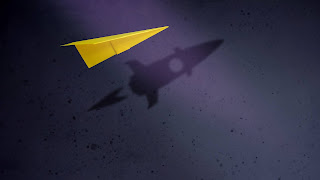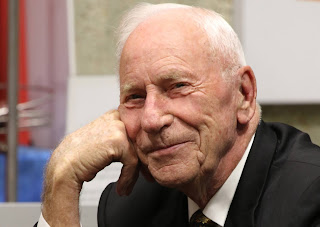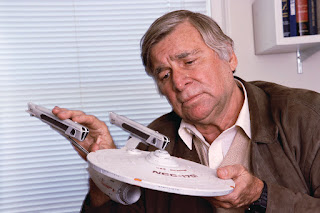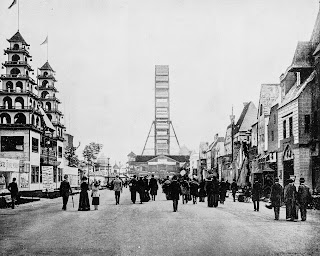100 Years...If Ever (A perspective on reaching Mars)
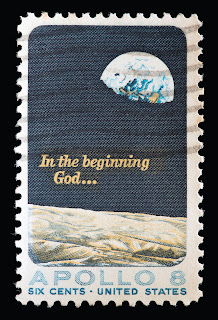
Bill Anders, the Apollo 8 astronaut who took the legendary Earthrise photo while orbiting the Moon on Christmas Eve in 1968, was recently interviewed about his thoughts on getting people to Mars. As a member of the National Academy of Engineering for his contributions and research to nuclear engineering, including the study of space radiation, Anders understands the challenges and doesn’t believe we will be able to overcome the hardships of extended periods of time in zero-G or exposure to radiation in space on the human body. The part of the interview that really strikes a chord, however, isn’t about the rigors of travel to Mars, but his statement, “I’m not sure we will ever get humans to Mars. Maybe a hundred years from now.” A hundred years from now, if ever? What does a hundred years of innovation look like? Newspapers in the 1920s are full of articles predicting how things might have changed by the 2020s. While some of the predictions were way off, many have come true. Jas

